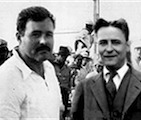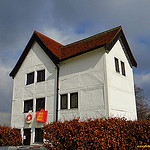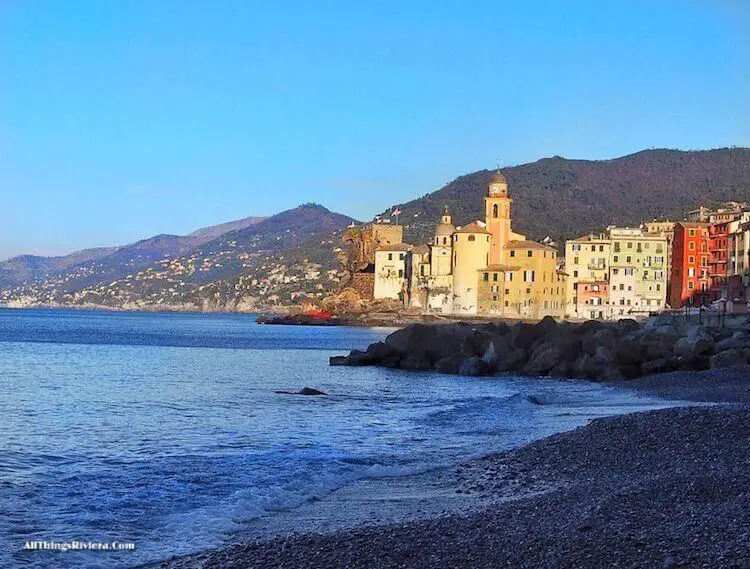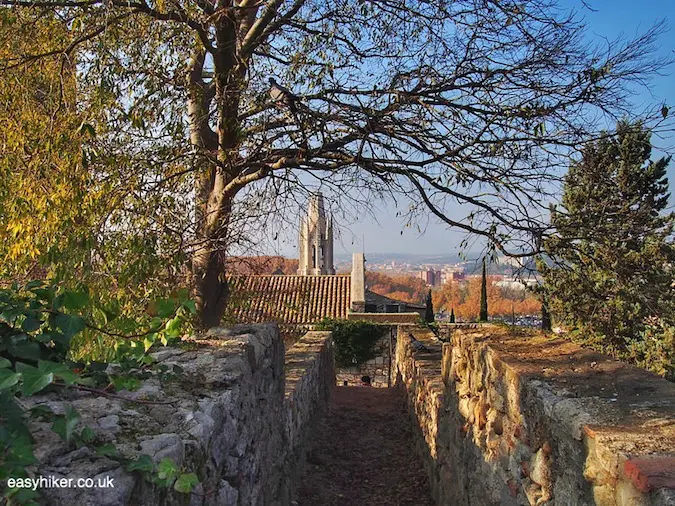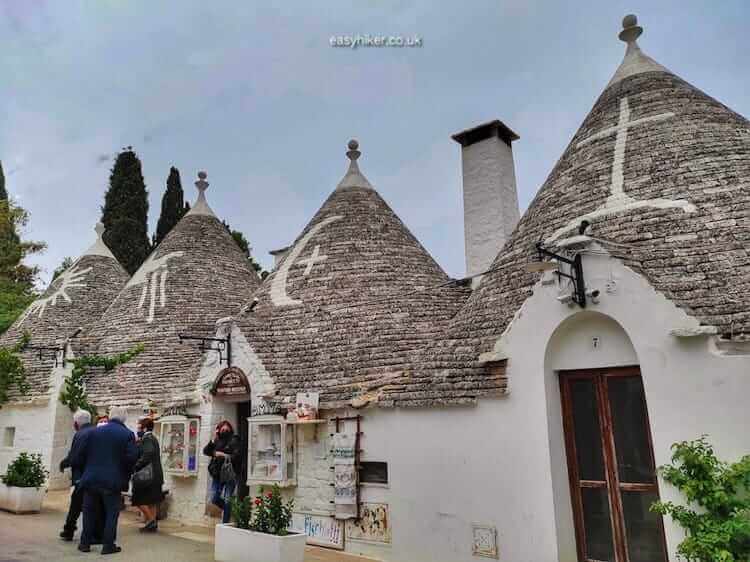In 2021, Nice became a UNESCO World Heritage site. Following the UNESCO’s recognition of Nice as the original “winter resort town on the Riviera”, some parts of the city – essentially the old town with the port and the Promenade des Anglais – will now enjoy a special level of protection. But it was somewhere else where the “resort town” really took shape.
To get a feel for this period in the city’s history, you have to head towards the west of Nice and then walk 100 metres, sometimes 200 metres further inland, away from the coast and the Promenade.
Some of the lavish 19th century villas that were scattered in what was then little more than a Mediterranean wilderness still have the power to stun through their scale and opulence, but what makes them and their city unique are the stories of the people who built them: a one-of-a-kind gallery of debauched aristocrats, roguish speculators and soldiers of fortune on a winning streak. It all feels a little as though the Great Gatsby had rolled into town.

The gardens that used to stretch over hundreds of metres to the Mediterranean coast and the houses that they surrounded may have been concreted over or modified beyond recognition, but even in their reduced state, these properties still have a story to tell: a story of how their former owners’ saw themselves …

… and of how they wanted to be seen.

That story is still being told. All you have to do to hear it is to prick up your ears and listen.

Nice – The Original Winter Resort
A good place to start is the quarter of Fabron, located to the west of the older villas nearer the town centre.
Most of the grand mansions here belonged, at one time or another, to the property portfolio of the Gastaud family, whose fortune had been established during the French Revolution. The politically well-connected founding father of the dynasty bought up houses owned by distressed associates of the ancien regime only to sell them a few years later at enormous profits. (A business model, come to think of it, which is not entirely different from that of the Russian oligarchs, today’s owners of the Riviera’s most lavish estates.)
The grandest of the grand Fabron mansions was the Villa des Cèdres (7 Avenue de Fabron), described in an early tourist guide (1842) as “the most beautiful house on the coast”. The readers would have to take the guidebook’s word for it since the building was hidden behind a high wall and an enormous garden and therefore invisible to anybody but the inhabitants and their guests.
Much of this garden is today covered by a post-WWII apartment block whose name echoes the past …

… and on whose ground you can spot the odd reminder of times gone by.

The garden of the palace was so famous for its beauty that the Czarina Alexandra asked the Gastauds for a visit …

… and in 1860, Emperor Napoleon III celebrated the French annexation of Nice in their villa.
These two moments stood at the apex of the Gastaud family’s rise through the social ranks of French society.
10 years later, their financial empire went bankrupt, and the villa was sold to the London art dealer Ernest Gambart. Gambart gave the building a complete makeover. 27 shiploads of marble were brought in from Carrara, and the villa soon became known as the Palais des Marbres.
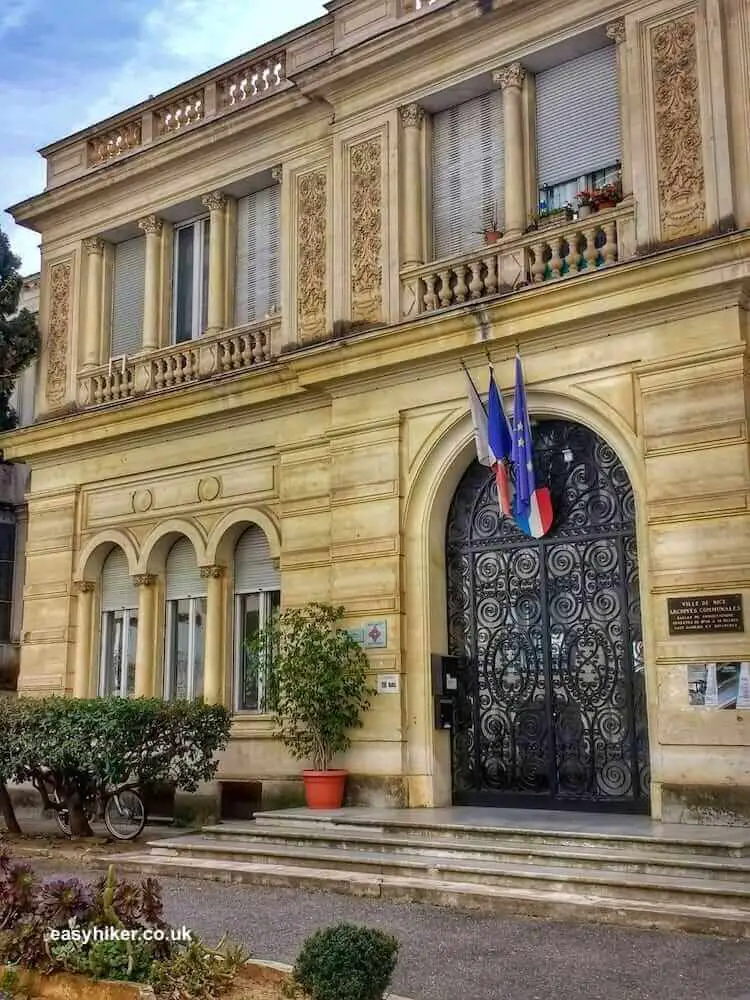
It was said at the time that Gambart, agent of all the famous mid-Victorian painters from Turner to Dante Gabriel Rossetti, was looking less for a residence than for a glitzy sales room on the Riviera where he could display works of art to his international clientele.

Gambart also started the process of downsizing the enormous gardens – originally extending over 25 hectares – little by little when he sold two lots to aristocratic friends from London.
The main feature of the modern garden, however, the artificial lake, …

… was only added in the 1920s for the then-owner Edouard Soulas, the French-born “King of Argentinian Slaughterhouses”.
The Soulas family stayed in the villa until the early 1950s, by which time the once grand views over the Alps and the Mediterranean had already been closed off by urban development, and the garden had become a good deal more intimate.

Other vast gardens in the area shared a similar fate, but not all of these once green spaces have been concreted over.
What is today the Park of Carol II of Romania (further up the Avenue de Fabron) …

… once surrounded the (now destroyed) Chateau de Fabron which was also part of the Gastauds’ property portfolio before it was purchased in the 1870s by the Hohenzollerns, Germany’s Imperial family.
The most interesting part of this property’s back story revolves around the man whose name the modern park is bearing. In the late 1920s, the Chateau de Fabron provided a foreign exile for a dishonoured prince who would later return as king to his native Romania and enter history as “the most cynical, corrupt and power-hungry monarch who ever disgraced a throne anywhere in twentieth-century Europe” (Stanley G. Payne).
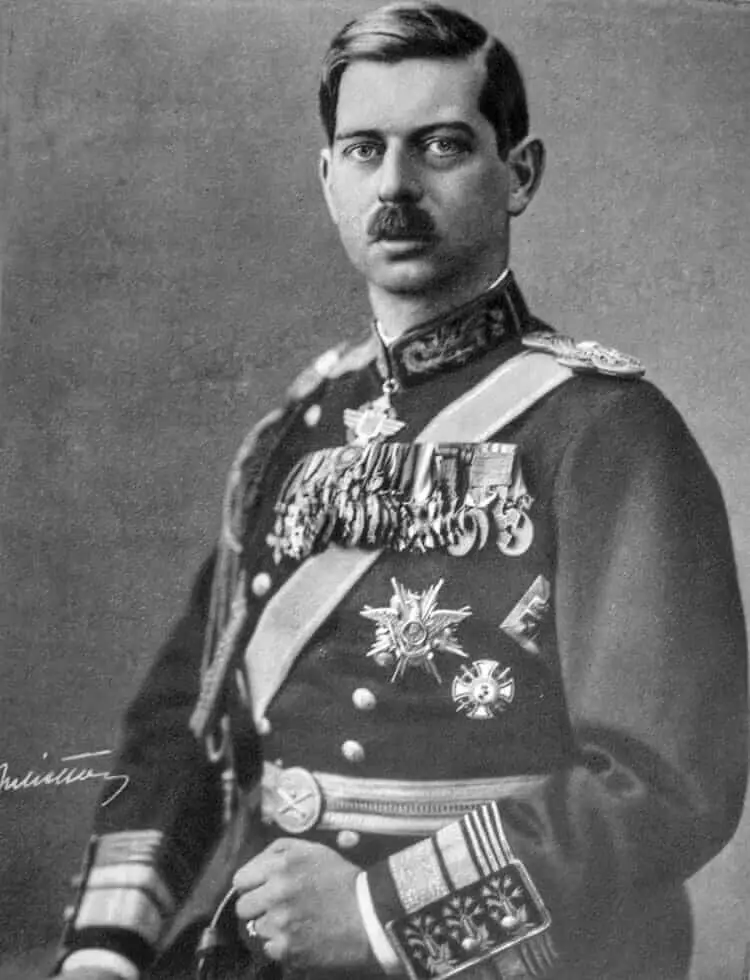
In fairness, not all historians judge Carol II as strictly as that, but he was, without a doubt, an extraordinary character: a lover of operetta uniforms, champagne, racing cars and, above all, of women.
As a young man, in the middle of WWI, he deserted the Romanian army to marry his mistress. (The marriage was later annulled.).
Even before that, as a high school student, he was followed around by members of the secret police so they could identify the prostitutes he visited on his nightly excursions – on average more than one per night – and pressure them into keeping their silence.
Some say that Carol suffered from a form of priapism, long-lasting and semi-permanent erections, which resulted from generations of inbreeding (his father came from a side branch of the Hohenzollern family, while his mother, a grand-daughter of Queen Victoria, belonged to the same family’s Saxe-Coburg-Gotha line).
Others say that Carol spread the rumours himself to attract potential mistresses. At any rate, it seems that he did not so much “suffer” from his constant need for sexual activity than take it, well, in his stride.
Carol came to Nice after more stories about his dissolute lifestyle had cost him his royal succession rights and forced him into exile. He spent his time on the French Riviera pursuing women, driving racing cars, piloting planes and losing a fortune at the baccarat tables in Monaco.
When Romania ran into deep economic trouble, he returned to become king in 1930, dethroning his own 5-year-old son.
After a turbulent decade, he was dethroned himself in the middle of WWII and died in 1953 – apparently of a heart attack, but many of his loyal followers believed that he had been killed by Communist agents. Others thought he had died from a fall in a drunken stupor or during an illicit orgasm.
And then, the rumour emerged that Carol had – years before his death – buried a treasure in the park which today bears his name.
Probably, that’s all this is: a rumour. But then again: bearing in mind the eccentric nature of the man in question, can we dismiss the possibility out of hand?
On balance, you may want to pack a shovel for your next visit of the French Riviera. After all: while many fortunes were squandered on the Riviera, many were also created.
Maybe, just maybe, this is the beginning of your own winning streak.


